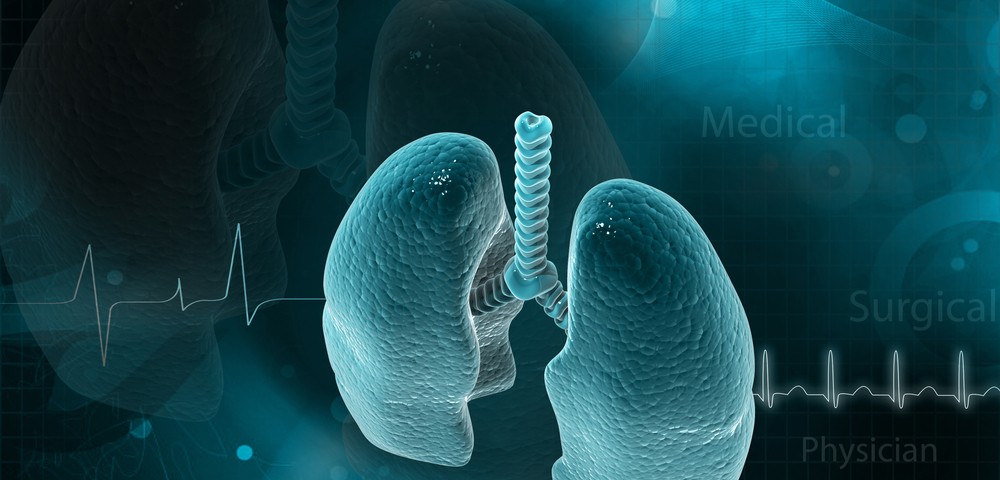A team of researchers from the Miller School of Medicine recently discovered that the age of a donor mouse impacts the ability of its mesenchymal stem cells (MSCs) to repair lung damage caused by pulmonary fibrosis. The team’s study, published in the journal Translational Research, is titled “Therapeutic benefits of young, but not old, adipose-derived mesenchymal stem cells in a chronic mouse model of bleomycin-induced pulmonary fibrosis.”
The findings have significant implications for clinical treatments with stem cells in older pulmonary fibrosis patients who have damaged and scarred lung tissue caused by smoking or other conditions.
“Donor stem cells from younger mice were effective in preventing damage when infused into older mice at the same time as a disease-causing agent,” Marilyn K. Glassberg, MD, Professor of medicine, surgery and pediatrics, Director of the Interstitial Lung Disease Program, Director of Pulmonary Diseases at the Interdisciplinary Stem Cell Institute, and Vice-Chair of Medicine for Diversity and Innovation, said in a recent news release. “However, donor MSCs from older mice had virtually no effect.”
Mesenchymal stem cells are adult stem cells traditionally found in the bone marrow, but can also be isolated from other tissues, including cord blood, peripheral blood, and the fallopian tube. As multipotent stem cells, MSCs differentiate to form adipocytes, cartilage, bone, tendons, muscle, and skin. Mesenchymal stem cells are a distinct entity to the mesenchyme, or embryonic connective tissue, which is derived from the mesoderm and differentiates to form hematopoietic stem cells.
According to Dr. Glassberg, senior author of the study, there are currently no drugs to reverse the damage from pulmonary fibrosis, leading scientists to examine the potential use of autologous MSCs derived from the patient’s own body as an approach to repair lung tissue.
“Our study found that the age of the donor animal is important,” said Glassberg. “This would indicate that it’s unlikely that infusions of autologous stem cells from the body of an older patient would be effective in treating pulmonary disease.”
A series of laboratory studies in the late 1990s and early 2000s indicated that stem cells could repair lung damage in mice given bleomycin (BLM)-induced pulmonary fibrosis. “These studies used young mice as the model,” said Glassberg. “But data showed that these mice would be able to repair the damage without being given stem cells.”
To create a better demonstrative pulmonary fibrosis model, Sharon J. Elliot, PhD, and one of the study’s lead authors, obtained old mice — equal to 70 human years old — through a National Institutes of Aging grant.
When the researchers gave these mice stem cell infusions derived from old donor mice, they observed that there was no reduction in fibrosis or any other improvement signs.
But when the researchers gave MSCs to old mice derived from young donor mice, they observed an improvement in the lung damage. In addition, when young mice received old donor MSCs, the researchers observed an alteration in their lung repair. Research is ongoing to establish what old donor stem cells have or lack in comparison with young donor cells that render them inefficient.
“We plan to continue to develop more representative models of human pulmonary fibrosis,” said Dr. Glassberg. “Our goal is not only to develop a preventive model of disease but also to search for a way to offer safe and effective clinical treatments for patients with this deadly disease.”

